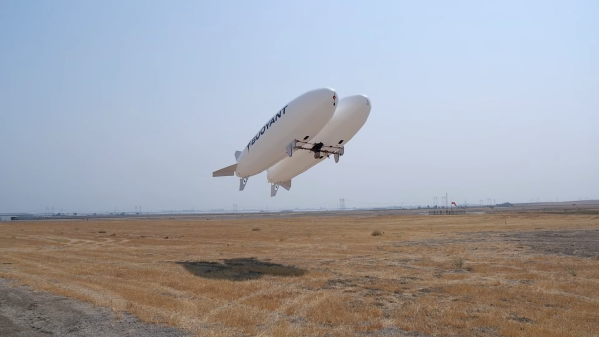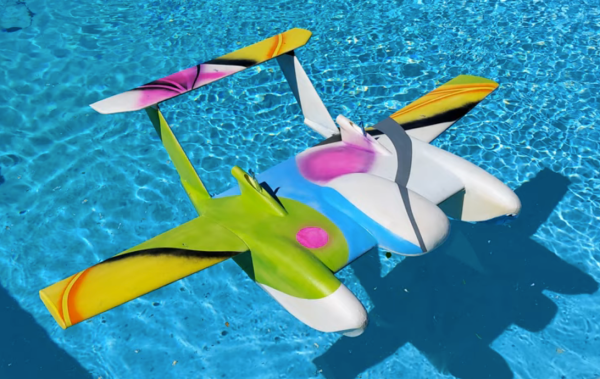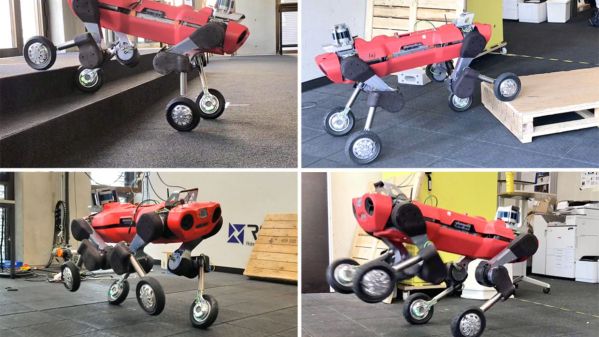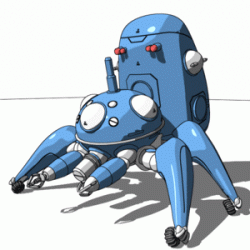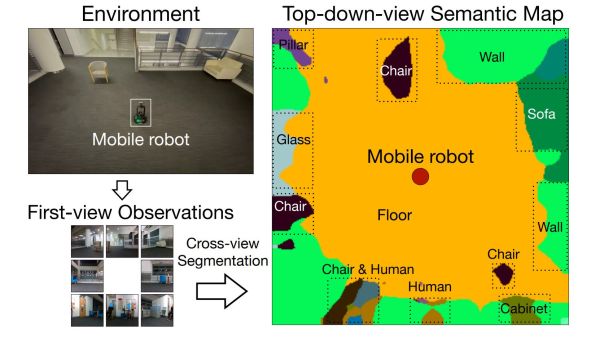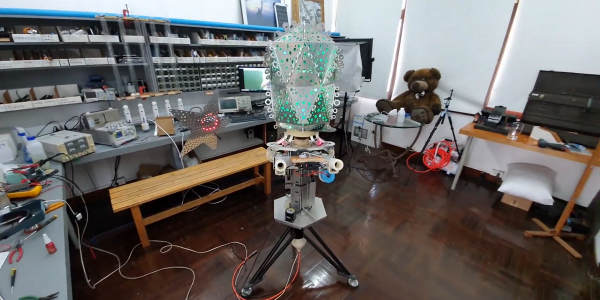It is by no means an overstatement to say that life as we know it would grind to a halt without cargo ships. If any doubt remained about that fact, the last year and a half of supply chain woes put that to bed; we all now know just how much of the stuff we need — and sadly, a lot of the stuff we don’t need but still think we do — comes to us by way of one or more ocean crossings, on vessels specialized to carry everything from shipping containers to bulk liquid and solid cargo.
While the large and complex vessels that form the backbone of these globe-spanning supply chains are marvelous engineering achievements, they’re still utterly dependent on their crews to make them run efficiently. So it’s not at all surprising to learn that some shipping lines are working on ways to completely automate their cargo ships, to reduce their exposure to the need for human labor. On paper, it seems like a great idea — unless you’re a seafarer, of course. But is it a realistic scenario? Will shipping companies realize the savings that they apparently hope for by having fleets of unmanned cargo vessels plying the world’s oceans? Is this the right way to automate the freight?
Continue reading “Automate The Freight: Autonomous Ships Look For Their Niche”


